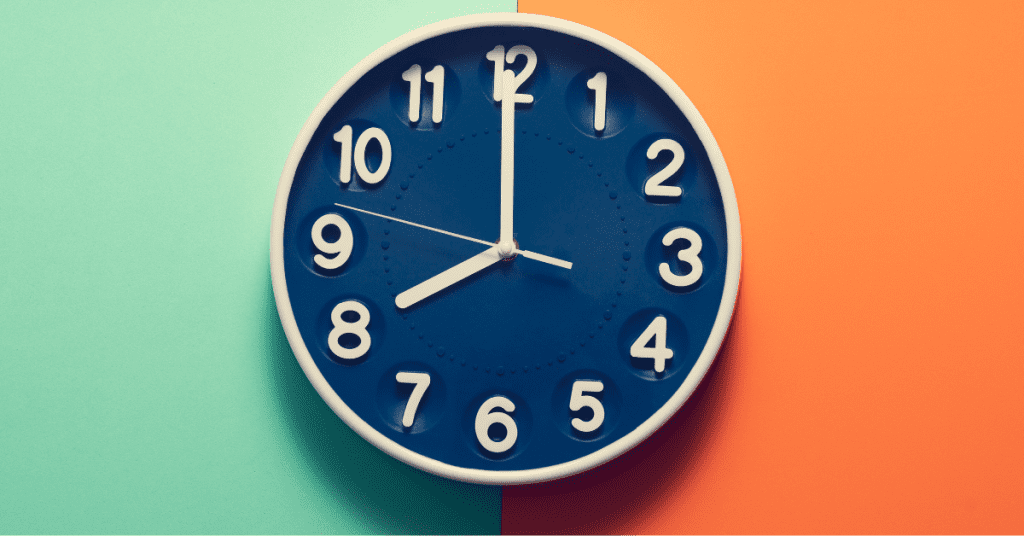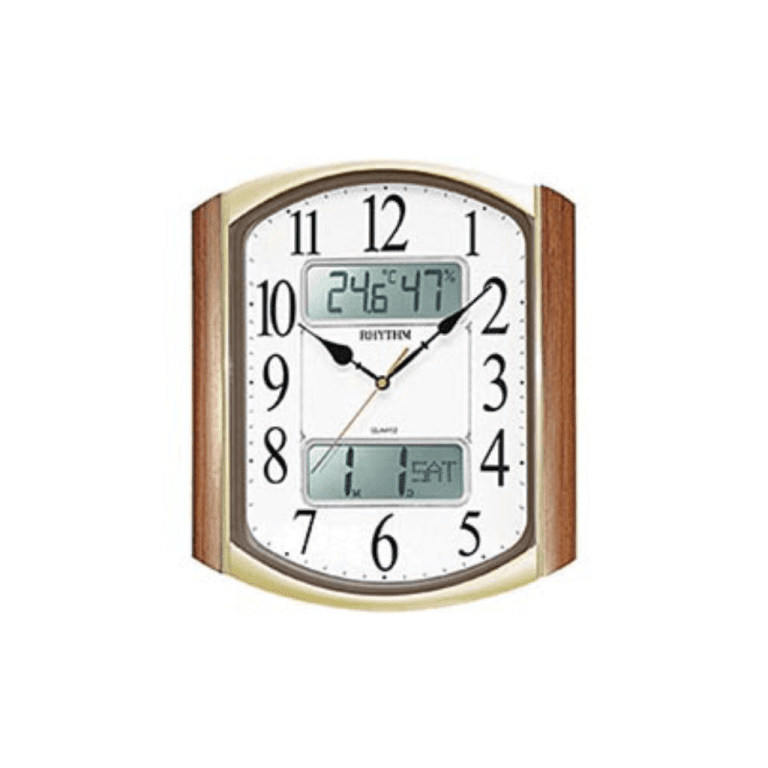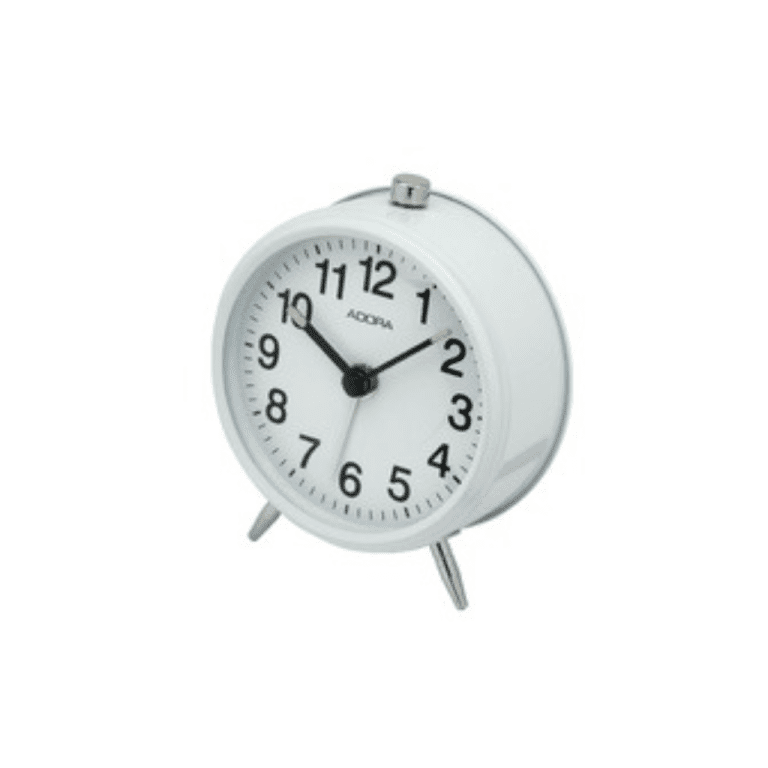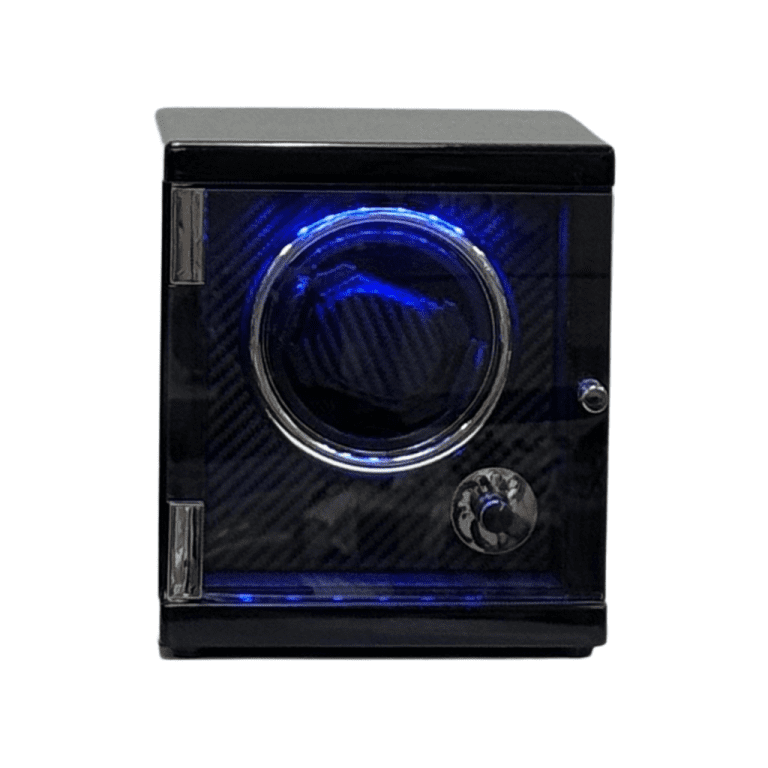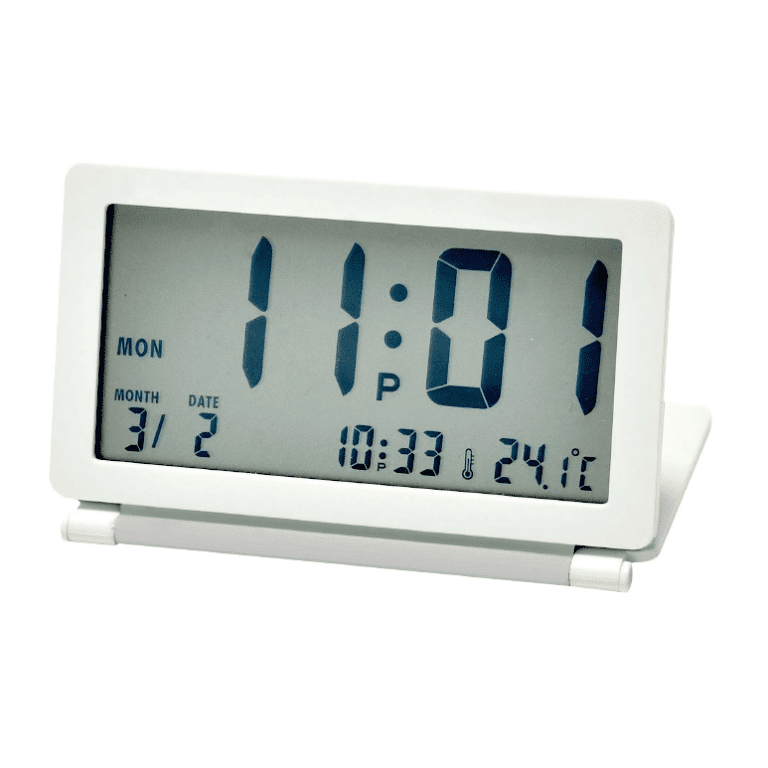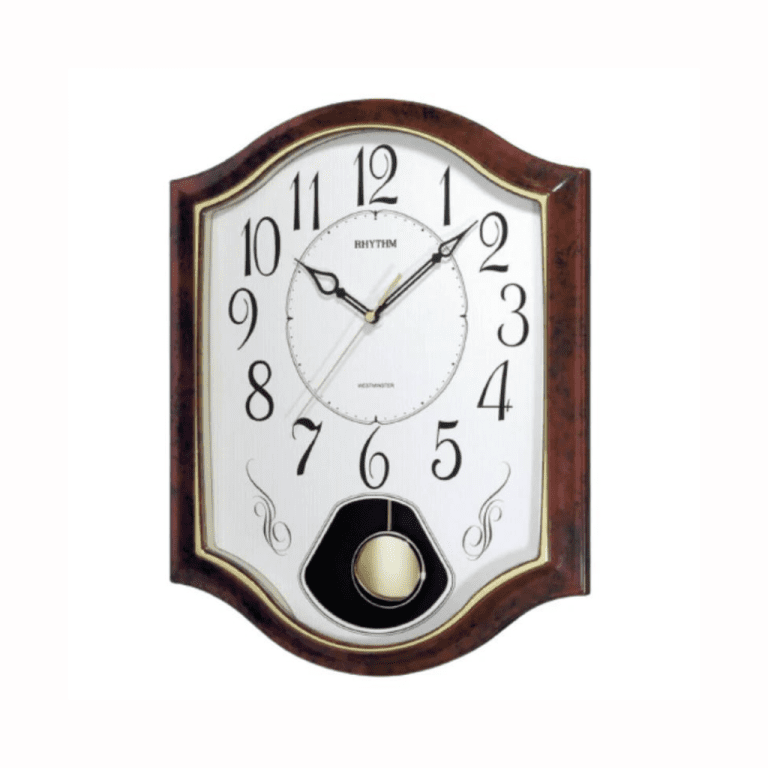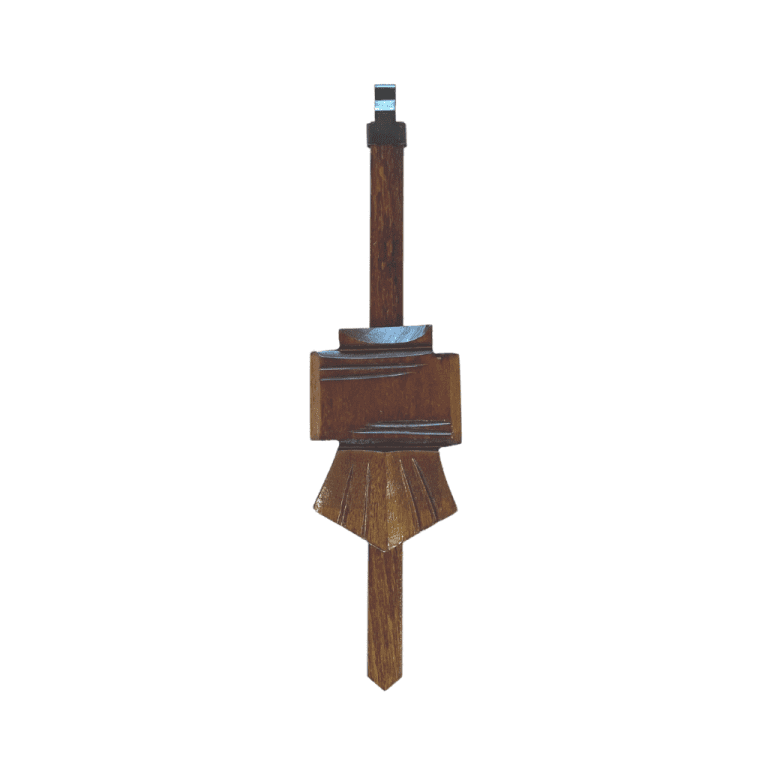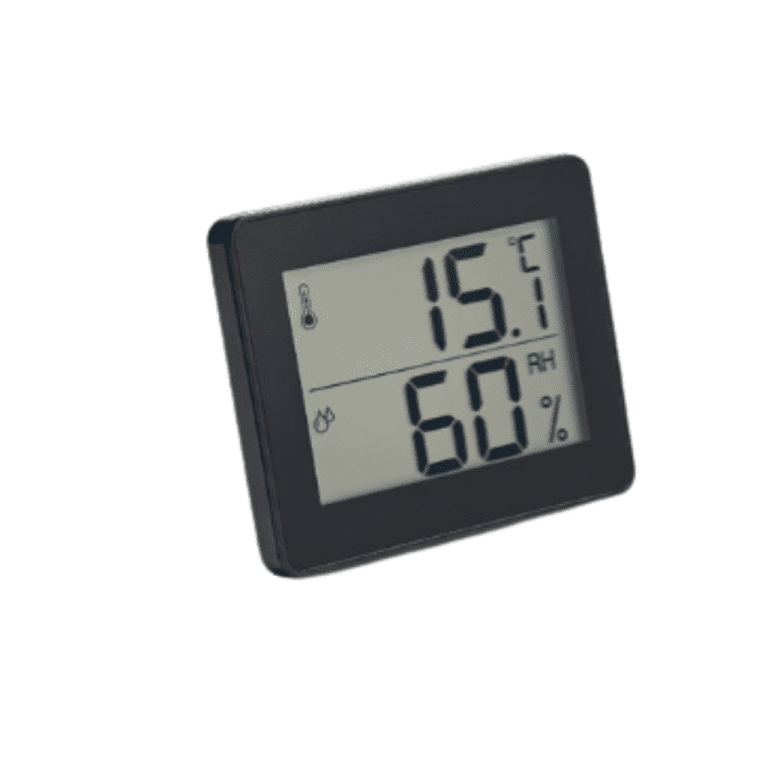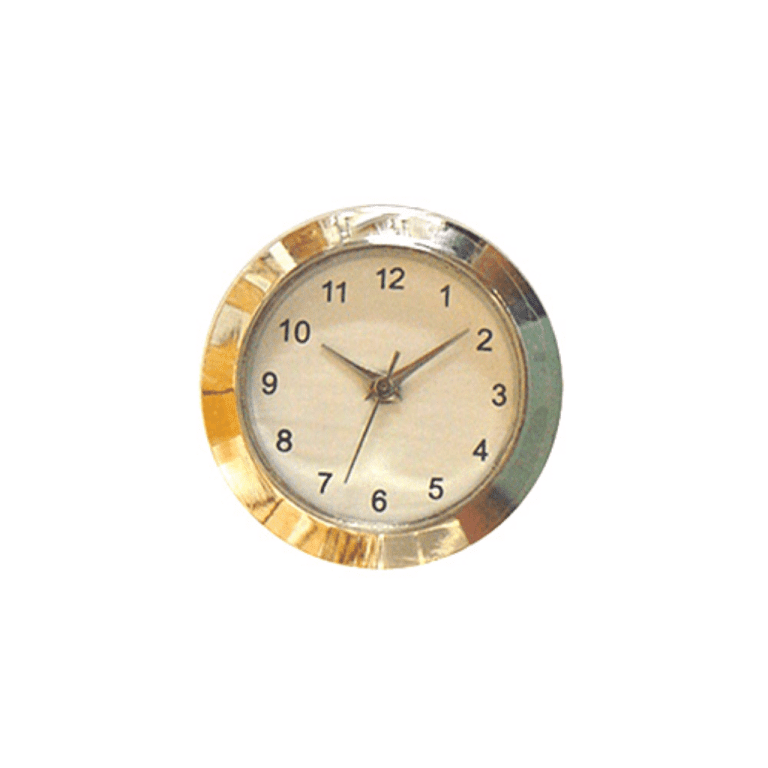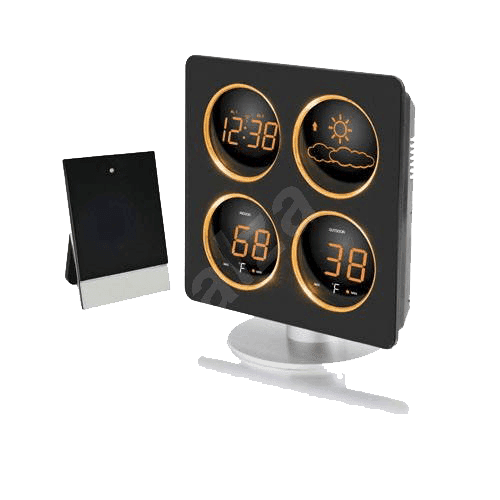In today’s world, clock design is no longer limited to the traditional idea of a round face with hands. Modern trends reflect changing lifestyles, technological progress, and a growing emphasis on aesthetics and sustainability. These new directions show how clocks continue to evolve while remaining an essential part of daily life.
One major trend is minimalism. Many modern homes favor simple, uncluttered décor, and clocks are designed to complement that style. Minimalist clocks often use clean lines, neutral colors, and subtle markings. Some designs even remove numbers completely, relying on sleek hands or abstract markers to show time. This stripped-back approach transforms clocks into stylish accents rather than purely functional devices.
Another key development is the rise of smart clocks. With technology becoming central to modern living, clocks now connect with smartphones, Wi-Fi, and smart home systems. These clocks not only display time but also provide alarms, weather updates, reminders, and voice control features. Smart designs often favor digital displays or projection technology, emphasizing usability in an age when convenience is highly valued.
Sustainability is also shaping clock design. Increasingly, manufacturers use recycled or eco-friendly materials, such as bamboo, reclaimed wood, or biodegradable plastics. Energy-efficient movements, like solar-powered or low-battery-consumption mechanisms, are gaining popularity. This trend reflects society’s broader awareness of environmental responsibility and the push for products that last longer while reducing waste.
Clocks are also becoming multifunctional. Designers now combine timekeeping with other uses, such as clocks that double as speakers, lamps, or charging stations. These hybrid products fit the modern demand for compact, space-saving solutions, especially in smaller living spaces.
Finally, artistic and statement clocks remain strong in modern design. Contemporary artists and designers experiment with unconventional shapes, oversized displays, or creative materials like glass, concrete, or metal. These clocks are meant to spark conversation, serving as focal points in a room while still keeping accurate time.
Modern clock design is, therefore, about balance: blending technology, sustainability, and style while adapting to how people live today. From the minimalist wall clock that enhances a modern living room to the smart device on a bedside table that manages daily routines, clocks continue to evolve beyond function, becoming symbols of innovation and lifestyle expression.

